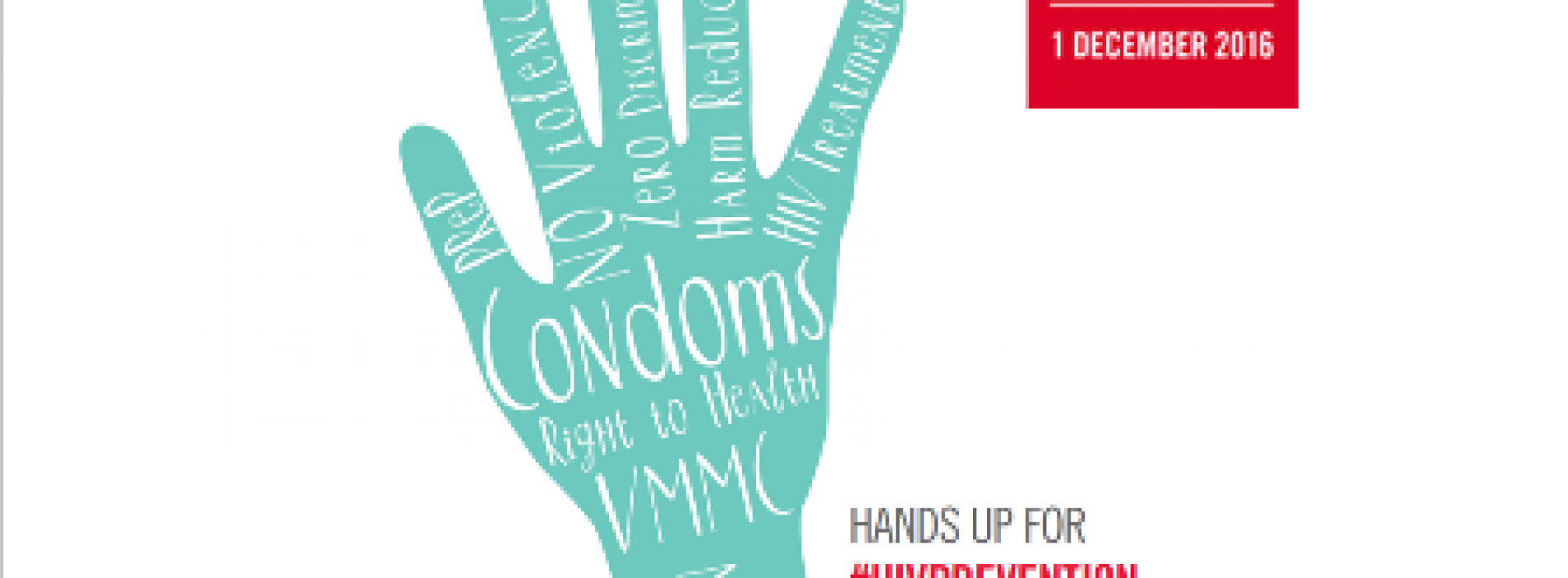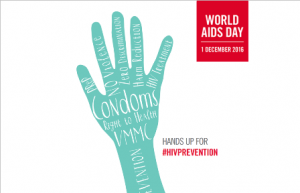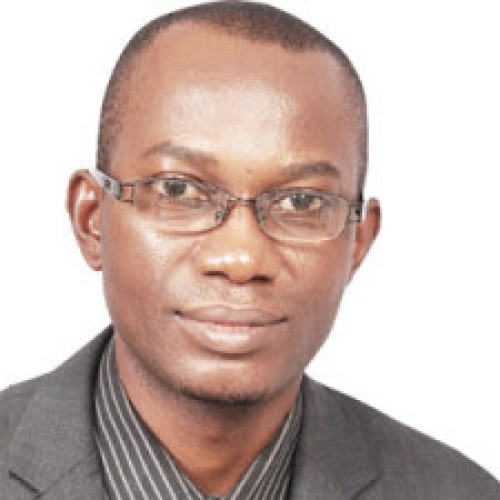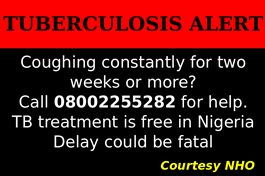WORLD AIDS DAY: WHO issues new guidance on HIV self-testing
- UNAIDS says new HIV infections is not declining
- Trial of new vaccine commences in Africa
The 2016 World AIDS Day is marked globally today with news from the Joint United Nations Programme on HIV/AIDS (UNAIDS) that the number of new HIV infections is not declining among adults, in spite of the progress made over the years.
“We are winning against the AIDS epidemic, but we are not seeing progress everywhere. The number of new HIV infections is not declining among adults, with young women particularly at risk of becoming infected with HIV,” Dr. Michel Sidibé, Executive Director of UNAIDS, Under-Secretary-General of the United Nations, said in a message to mark the day.
UNAIDS announced that no fewer than 35 million people have died from AIDS-related illnesses while 78 million people have become infected with HIV since the start of the epidemic up to the end of 2015.
However, by June 2016, no fewer than 18.2 million people were accessing antiretroviral therapy world-wide just as the World Health Organisation (WHO) launched new guidelines for self-testing to promote timely diagnosis which will, in the long run, reduce the number of AIDS-related deaths from late diagnosis.
Also as part of activities marking the 2016 World AIDS Day the United States National Institute of Allergy and Infectious Diseases (NIAID) announced it was commencing the trial of the first HIV vaccine in Africa.
The trial, known as HVTN 722, which involves an improved version of the earlier tried RV114 tested in Thailand in 2009 is to determine whether the vaccine could prevent transmission of the virus among South Africans. The 2009 trial of the RV 114 vaccine produced a positive result of a 31.2 percent capability of preventing the transmission of HIV. Modified components of the RV114 have now been incorporated in the HVTN in an attempt to get better results.
At least 78 million people are reported to have become carriers of HIV while at least 38 million have succumbed to the death pangs of the virus since it was first recorded in the early 1960s. The trial will involve 5,400 women and men in South Africa, a country reported to have the highest profile of HIV infections in the world, with over 7 million HIV carriers in 2015.
According to a new WHO progress report lack of an HIV diagnosis is a major obstacle to implementing the Organization’s recommendation that everyone with HIV should be offered antiretroviral therapy (ART).
The report reveals that more than 18 million people with HIV are currently taking ART, and a similar number is still unable to access treatment, the majority of which are unaware of their HIV positive status. Today, 40% of all people with HIV (over 14 million) remain unaware of their status. Many of these are people at higher risk of HIV infection who often find it difficult to access existing testing services.
“Millions of people with HIV are still missing out on life-saving treatment, which can also prevent HIV transmission to others,” said Dr Margaret Chan, WHO Director-General. “HIV self-testing should open the door for many more people to know their HIV status and find out how to get treatment and access prevention services.”
HIV self-testing means people can use oral fluid or blood- finger-pricks to discover their status in a private and convenient setting. Results are ready within 20 minutes or less. Those with positive results are advised to seek confirmatory tests at health clinics. WHO recommends they receive information and links to counselling as well as rapid referral to prevention, treatment and care services.
HIV self-testing is a way to reach more people with undiagnosed HIV and represents a step forward to empower individuals, diagnose people earlier before they become sick, bring services closer to where people live, and create demand for HIV testing. This is particularly important for those people facing barriers to accessing existing services.
Between 2005 and 2015 the proportion of people with HIV learning of their status increased from 12% to 60% globally. This increase in HIV testing uptake worldwide has led to more than 80% of all people diagnosed with HIV receiving ART.
HIV testing coverage remains low among various population groups. For example, global coverage rates for all HIV testing, prevention, and treatment are lower among men than women.
Men account for only 30% of people who have tested for HIV. As a result, men with HIV are less likely to be diagnosed and put on antiretroviral treatment and are more likely to die of HIV-related causes than women.
But some women miss out too. Adolescent girls and young women in East and Southern Africa experience infection rates up to eight times higher than among their male peers. Fewer than one in every five girls (15–19 years of age) are aware of their HIV status.
Testing also remains low among “key populations” and their partners – particularly men who have sex with men, sex workers, transgender people, people who inject drugs, and people in prisons – who comprise approximately 44% of the 1.9 million new adult HIV infections that occur each year.
Up to 70 % of partners of people with HIV are also HIV positive. Many of those partners are not currently getting tested. The new WHO guidelines recommend ways to help HIV positive people notify their partners about their status, and also encourage them to get tested.
“By offering HIV self-testing, we can empower people to find out their own HIV status and also to notify their partners and encourage them to get tested as well,” said Dr Gottfried Hirnschall, Director of WHO’s Department of HIV. “This should lead to more people knowing their status and being able to act upon it. Self-testing will be particularly relevant for those people who may find it difficult to access testing in clinical settings and might prefer self-testing as their method of choice.”
Self-testing has been shown to nearly double the frequency of HIV testing among men who have sex with men, and recent studies in Kenya found that male partners of pregnant women had twice the uptake of HIV testing when offered self-testing compared with standard testing.
Twenty three countries currently have national policies that support HIV self-testing. Many other countries are developing policies, but wide-scale implementation of HIV self-testing remains limited. WHO supports free distribution of HIV self-test kits and other approaches that allow self-test kits to be bought at affordable prices. WHO is also working to reduce costs further to increase access. The new guidance aims to help countries scale up implementation.
WHO is supporting three countries in southern Africa which have started large scale implementation of self-testing through the UNITAID-funded STAR project and many more countries are considering this innovative approach to reaching those who are being left behind.








0 Comments
No Comments Yet!
You can be first to comment this post!